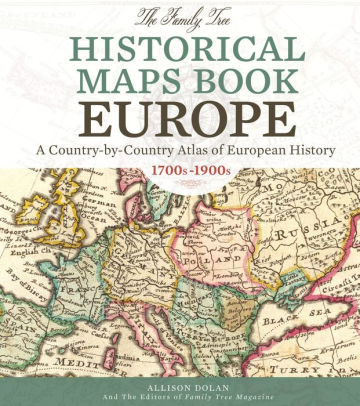For two years, I've been searching for the link between the
Weiman family,
Roth family, and
Weiss family. My Roth cousins knew they were related to the Weiman family, and vice versa. But how? And we all wondered how my Roth cousins are related to me!
Part of the answer was on page 2 of a passenger manifest showing Hersch
Wajman, wife Ida, and daughter Magda, sailing from Liverpool on the "Carmania" on 18 February 1921 and arriving in New York City on 28 February 1921.
On line 6, shown above, Hersch (Herman) Wajman (later Weiman) said the family was going to "
Uncle Joseph Roth" at an address in New York City--an address that appears on Joseph Roth's passport application. This is an exact match for the Joseph Roth who was the brother-in-law of my great-grandma, Lena Kunstler Farkas.
It's complicated--Joseph Roth's brother was Bela Roth, and Bela's first wife was Zalli Kunstler (sister of Lena, my ggm). Gets even more complicated: Bela's second wife was Batia Bertha Weiss.
If you're still with me, the maiden name of Hersch/Herman Wajman/Weiman's wife was Ida Julia Weiss, known as Julia. We have other Weiss in-laws in my
Farkas family, some who are married to Roths.
I did a search for Herman and Julia's young daughter Magda, who arrived at Ellis Island as a one-year-old, and this turned up a
second manifest. The family was originally booked to sail from London to Boston on the "Saxonia" on 17 February 1921, arriving on 2 March 1921. They were crossed off that passenger list, as shown above. How and why the Weiman family switched from the port of London to the
port of Liverpool and chose to land in New York instead of Boston, I
just don't know.
The manifest is readable enough to be sure this is the correct Wajman/Weiman family. Hersh named his mother, "K Wajmann" as the nearest relative in Opatow, Poland, where he was from. Hersh was a watchmaker who spoke Polish, Russian, Yiddish, and Hungarian.
On page 2 of the "Saxonia" manifest, not shown here, the family says they're going to join--
"Uncle Joseph Roth," a manufacturer, at his business address in New York City. MY Joseph Roth!
Wait, there's more: Julia Weiss Weiman's Soc Sec application lists her parents as
Isador Weiss and
Fany Roth. So "
Uncle Joseph Roth" appears to be Julia's uncle. Therefore: Joseph Roth's children are first cousins of Julia Weiss Weiman, and Joseph Roth's grandchildren are second cousins of Julia's children. Now we know!
Next, I'm going to look for Julia's siblings/parents and also try to learn more
about Batia Bertha Weiss's siblings. If there's any overlap, then as they say
in Britain, "Bob's your uncle." Or, in this case, "Joseph's your uncle."



















































